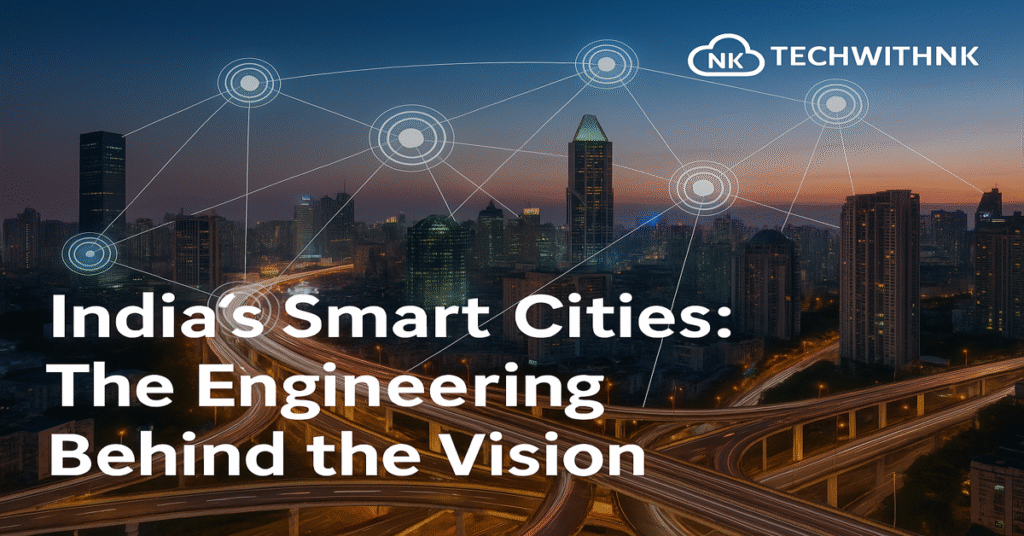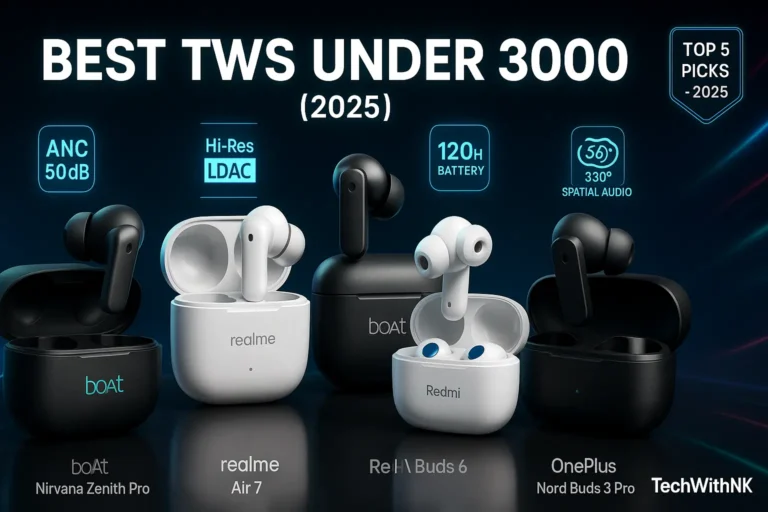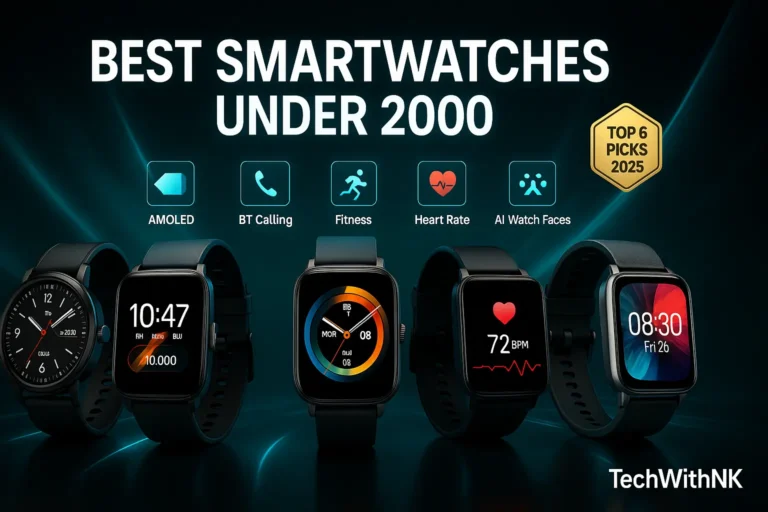Table of Contents
ToggleIntroduction
India is in the midst of a transformative journey, reimagining urban infrastructure and public service delivery through its ambitious Smart Cities Mission. Launched in 2015 by the Ministry of Housing and Urban Affairs, the initiative aims to develop 100 smart cities across the country. But what does it take to transform a city into a ‘smart’ city? At the core of this transformation lies engineering – the critical discipline that bridges vision with reality.
This blog delves into the engineering marvels powering India’s Smart Cities Mission, exploring the infrastructural, digital, civil, and environmental engineering innovations that are redefining urban life.
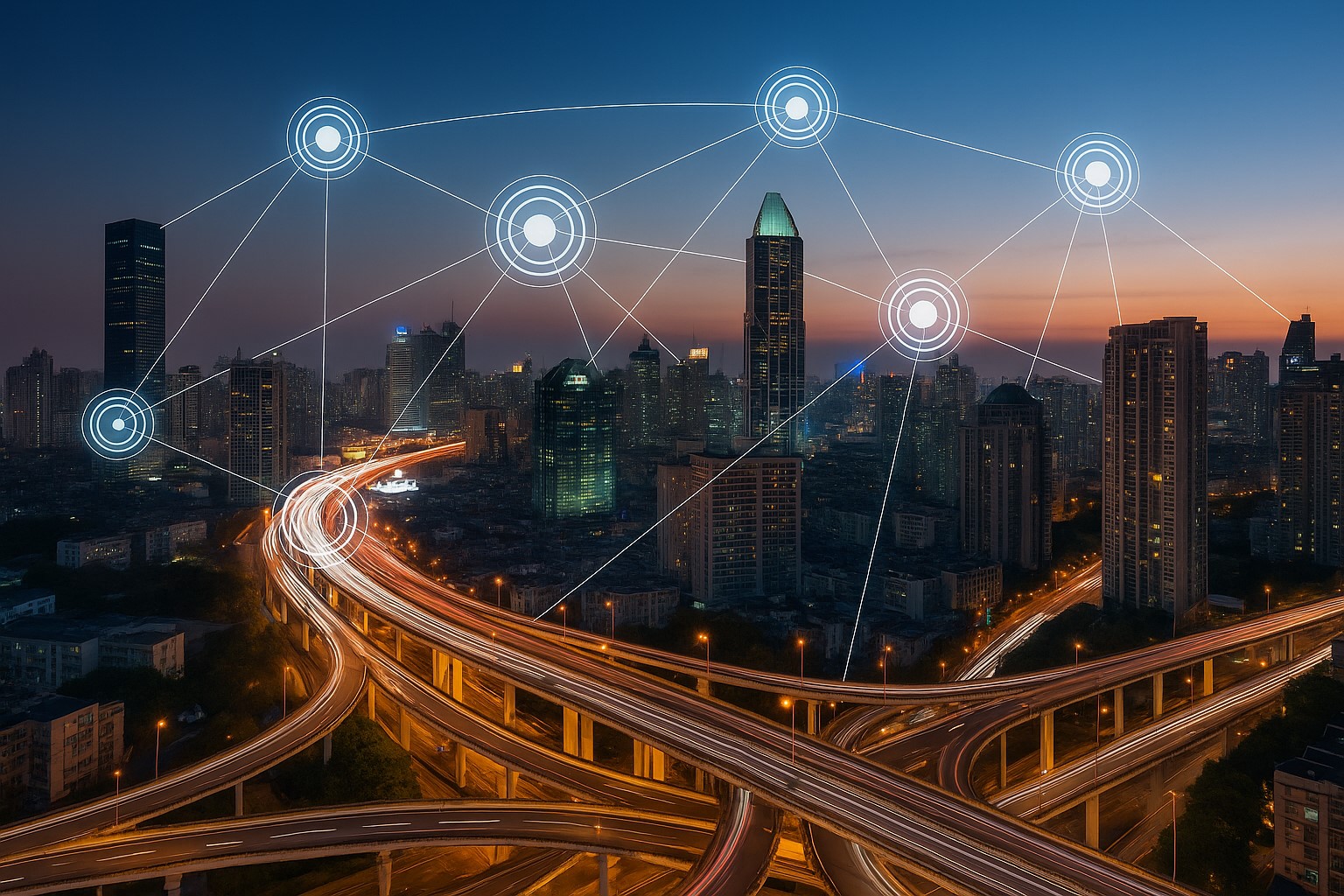
1. Understanding the Smart City Concept
A smart city uses technology to improve the quality of life for its citizens, increase operational efficiency, and ensure sustainable urban development. Key aspects include:
Smart governance
Smart mobility
Smart environment
Smart economy
Smart living
Smart people
Engineering enables each of these pillars through data integration, advanced infrastructure, and innovative design.
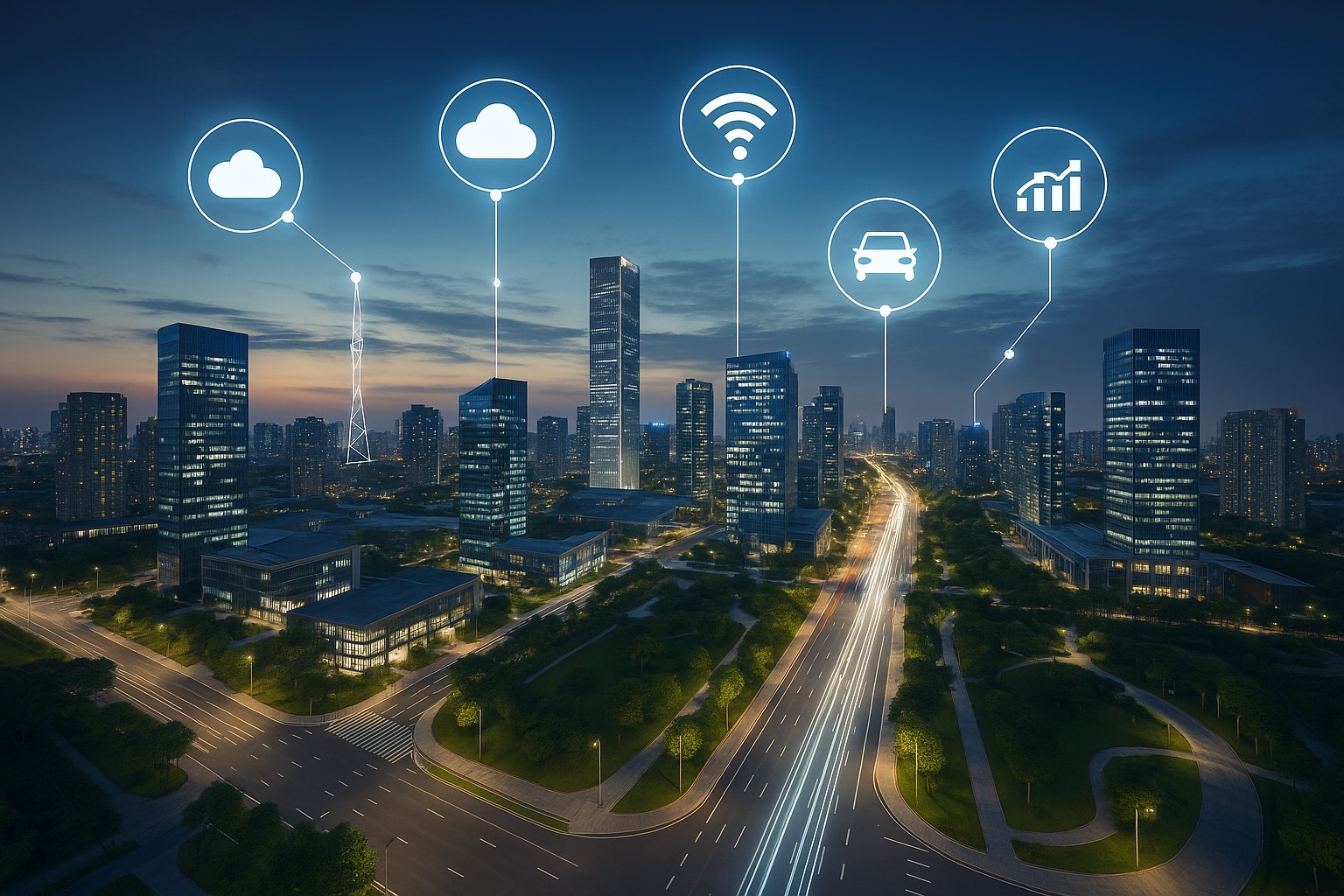
2. The Backbone: Urban Infrastructure Engineering
Intelligent Transportation Systems (ITS)
ITS is a cornerstone of smart urban mobility. Engineers design integrated transport systems combining real-time traffic monitoring, GPS-enabled public transport, adaptive traffic signals, and electronic toll collection. For example:
- Pune: Implemented adaptive traffic control using real-time data.
- Bhopal: Uses an Integrated Command and Control Centre (ICCC) for managing traffic flows.
Smart Roads and Bridges
Civil engineers use durable materials, pre-cast components, and modular construction for rapid and sustainable development. Roads are equipped with:
- Sensors for vehicle count and environmental conditions
- LED streetlights with automatic dimming based on traffic
- Underground cabling for less clutter and easy maintenance
Transit-Oriented Development (TOD)
This model integrates urban planning with mass transit systems. Engineers play a critical role in designing compact, walkable communities around transit hubs, reducing dependency on private vehicles.
3. The Digital Layer: Information and Communication Technology (ICT) Engineering
Internet of Things (IoT) Frameworks
Smart cities are built on interconnected systems. ICT engineers design IoT frameworks that connect devices, vehicles, sensors, and citizens. Examples include:
- Smart water meters
- Air quality monitors
- Automated waste bins
Command and Control Centers
ICCCs are engineered to integrate information from multiple city departments for real-time monitoring and decision-making. Cities like Surat and Ahmedabad use ICCCs to handle traffic, public safety, disaster response, and utilities.
5G and Broadband Infrastructure
With increasing data needs, engineers are laying down fiber-optic networks and 5G base stations. This backbone supports high-speed internet and real-time communication for services like telemedicine, remote learning, and surveillance
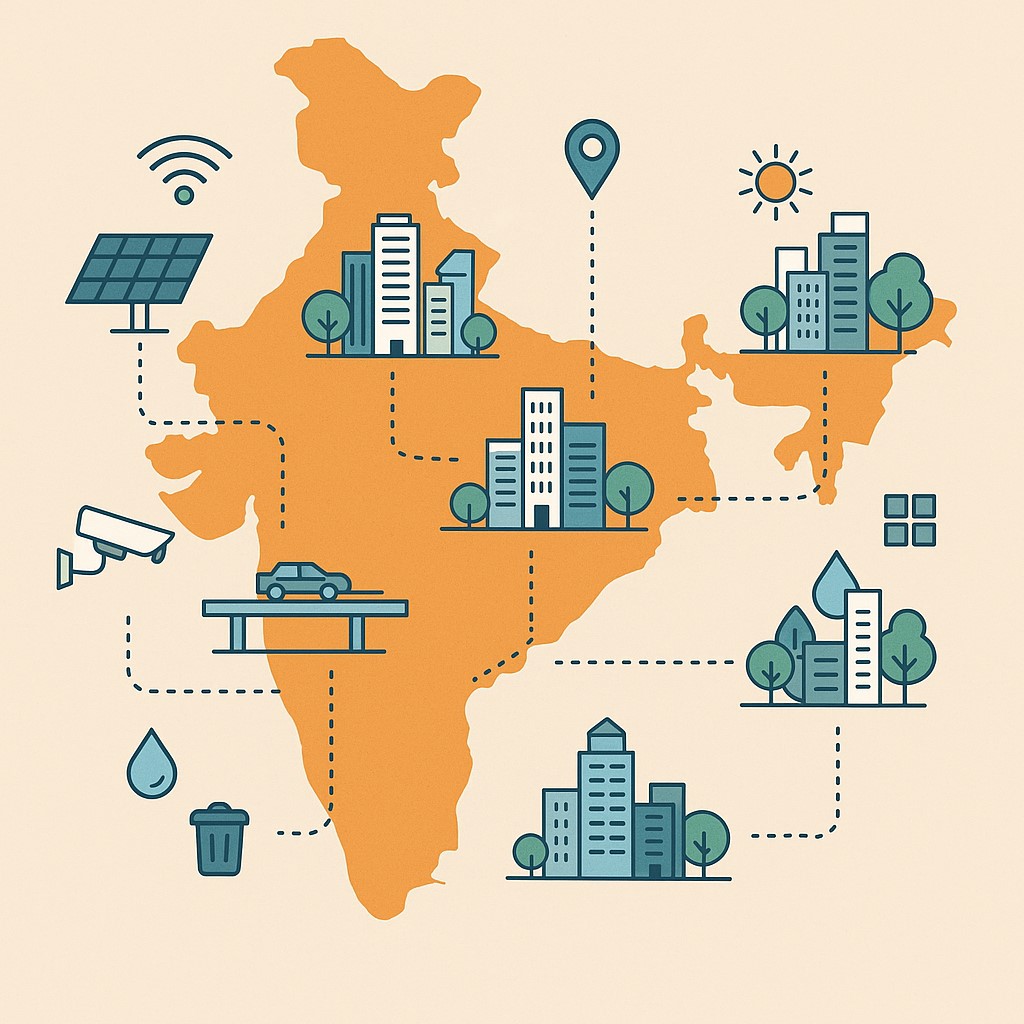
4. Sustainable Utilities: Environmental and Civil Engineering
Water Management
Smart water systems use sensors to detect leaks, manage pressure, and optimize supply. Civil and environmental engineers develop solutions like:
- Rainwater harvesting integration
- Smart irrigation using weather data
- Real-time water quality monitoring
Energy Efficiency
Energy engineers are instrumental in designing solar-powered infrastructure, smart grids, and energy storage solutions. For instance:
- Indore: Solar panels power street lighting and municipal buildings.
- Chandigarh: Adopted solar rooftop systems across government facilities.
Waste Management
Engineered smart bins equipped with fill-level sensors alert waste collectors, enabling route optimization. Composting and waste-to-energy plants are integrated into city planning for zero landfill goals.
5. Building the Future: Structural and Architectural Engineering
Green Buildings
Engineers design energy-efficient buildings with natural ventilation, green roofs, and recycled materials. Certifications like GRIHA and LEED are now standard goals for smart city infrastructure.
Affordable Housing
Smart cities aim to balance technology with inclusivity. Engineers focus on prefabricated housing units that reduce construction time and cost, while integrating sustainable technologies.
Disaster-Resilient Structures
From flood-proof underground parking to earthquake-resistant foundations, structural engineering ensures cities are resilient to natural disasters.
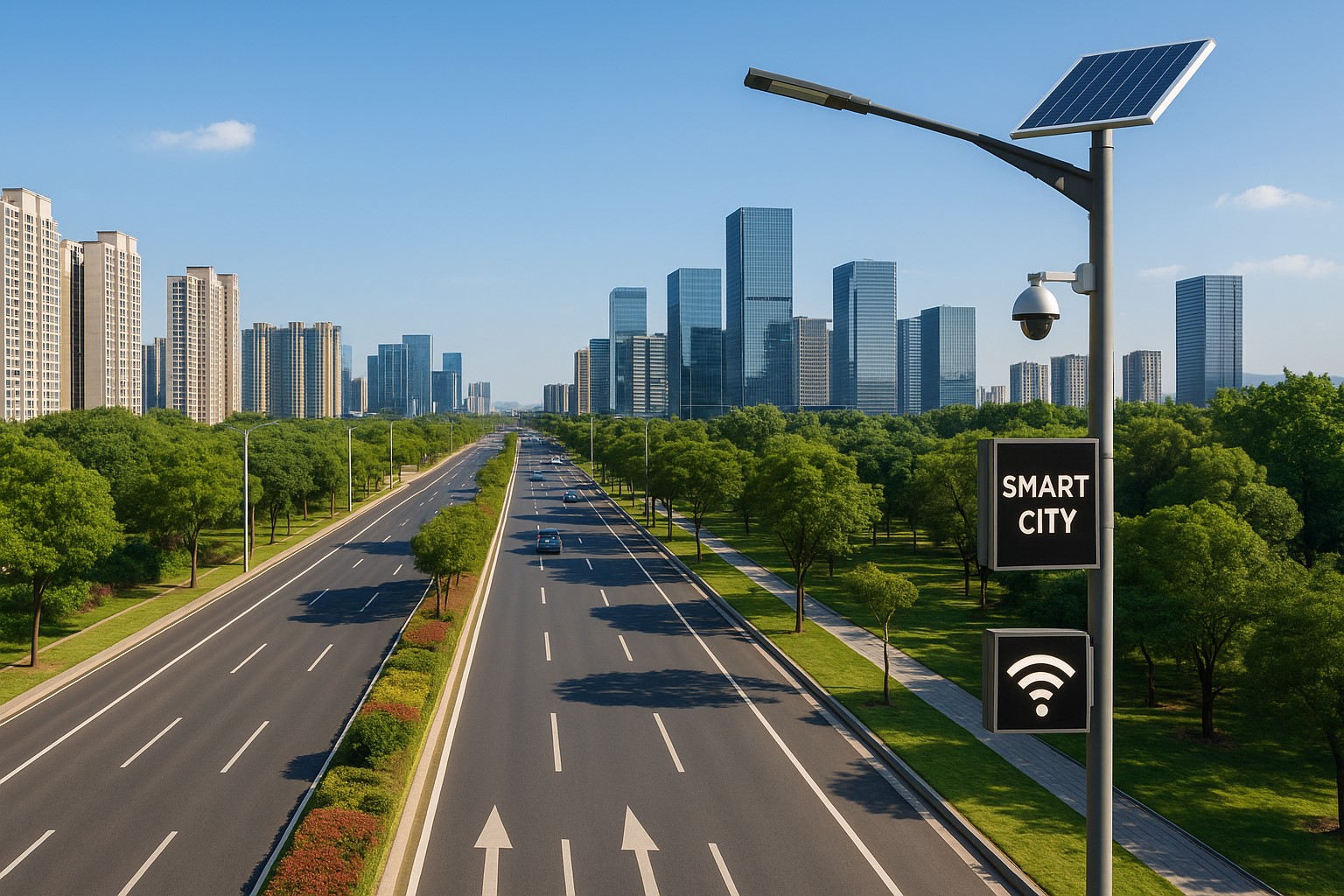
6. Data Analytics and AI: The Brain of Smart Cities
Engineers and data scientists collaborate to make sense of vast amounts of data. Applications include:
- Predictive maintenance of public assets
- AI-based crime pattern recognition
- Citizen sentiment analysis from social media
These insights inform policy and operational decisions, making urban management proactive rather than reactive.
7. Engineering for Inclusivity and Accessibility
Smart cities aren’t just about technology but also equity. Engineers work on:
Accessible public transport for differently-abled individuals
Universal design principles in buildings
Digital kiosks offering multilingual services
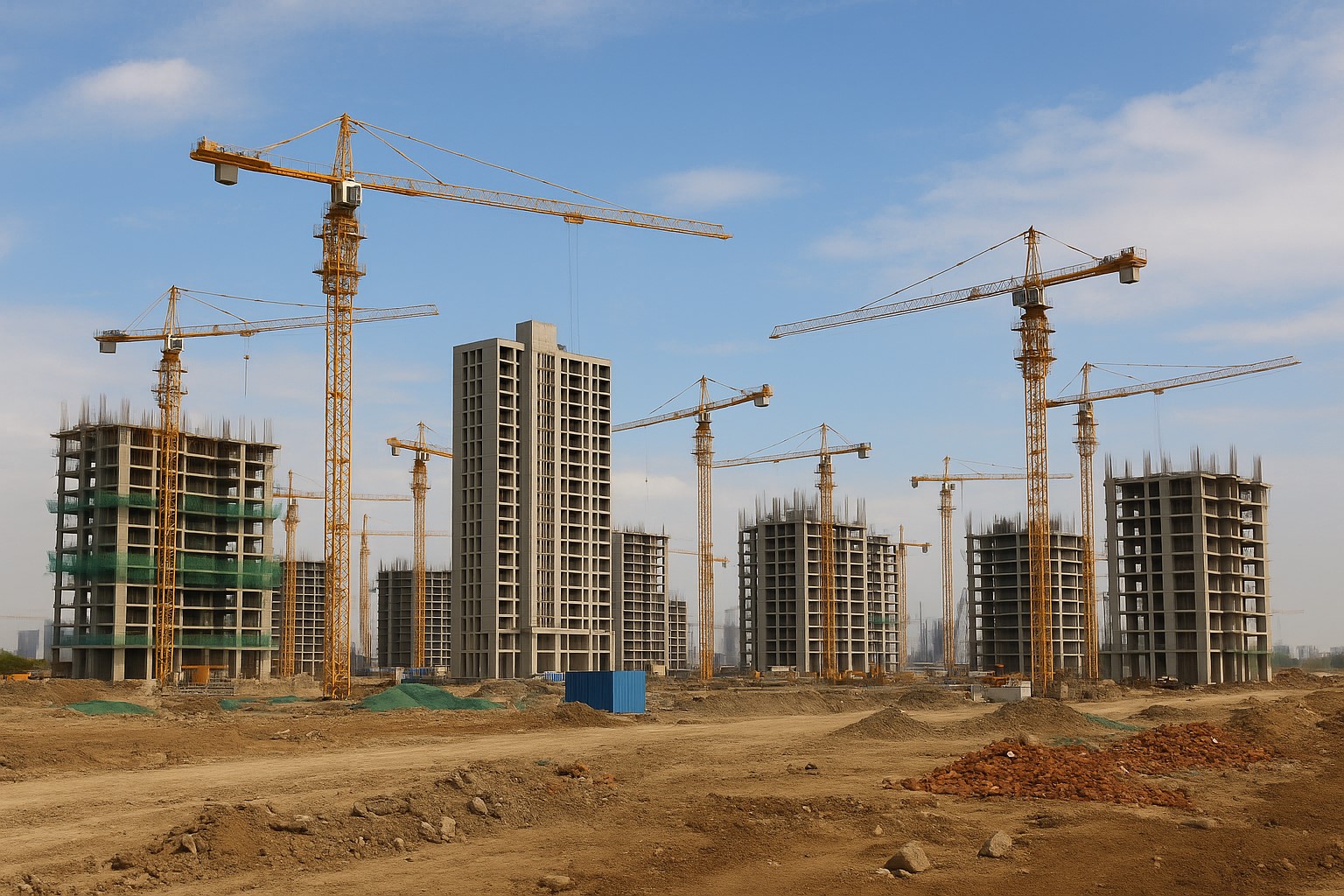
8. Challenges and Innovations in Implementation
Interdepartmental Coordination
Engineering solutions must work across multiple departments. Integrated project management platforms are used to synchronize tasks.
Retrofitting vs. Greenfield Development
Smart cities like Bhubaneswar are often retrofitted, requiring adaptive engineering. Others like Dholera in Gujarat are greenfield projects, allowing freedom in design and technology.
Funding and Policy Constraints
Engineers now adopt Public-Private Partnership (PPP) models, value engineering, and life-cycle cost analysis to justify investments.
Skill Gaps
Engineering institutions are updating curricula to include smart city technologies, IoT, data science, and sustainable design principles.
9. Case Studies: Engineering Success Stories
Bhopal Smart City
Bhopal has emerged as one of the leading smart cities under the mission, with the development of a highly advanced Integrated Command and Control Centre (ICCC) located at the heart of the city. This ICCC acts as a digital nerve center, coordinating multiple municipal functions including traffic regulation, water supply, waste management, street lighting, and emergency services. Using real-time data from over 1,000 CCTV cameras, smart poles, environmental sensors, and GPS-equipped public transport, the city manages law enforcement, disaster response, and traffic congestion with enhanced precision. Civil engineers have also executed sustainable urban transport projects and smart roads to complement the technological interventions.
Surat Smart City
Surat, known for its rapid industrialization and population growth, has excelled in flood management and public health through smart engineering. The city implemented an IoT-enabled drainage network that includes real-time water level sensors, pump automation, and predictive analytics to mitigate urban flooding. The Surat ICCC also integrates public grievance systems, solid waste tracking, and environmental monitoring. Civil engineers contributed by redesigning road networks and stormwater drainage systems, making Surat resilient against seasonal flooding. The city has also incorporated smart bus shelters, e-governance platforms, and smart street lighting powered by solar energy.
Dholera Special Investment Region (SIR)
Dholera SIR in Gujarat represents India’s most ambitious greenfield smart city project, designed entirely from scratch on a 920 sq km plot. The city features a unique, fully integrated underground infrastructure corridor that houses all utility networks including water supply, electricity, gas pipelines, ICT cables, and waste systems. Engineers have built a smart road grid equipped with automatic traffic management systems, surveillance, and sensor-based monitoring. The city is powered by a renewable energy hub and is connected by a high-speed expressway and planned metro link. Its smart grid system allows real-time energy distribution and billing. Dholera is also India’s first city to adopt 100% digital land management and construction permitting.
These success stories reflect the diverse engineering capabilities that are being mobilized across the country to build smarter, more livable cities. Whether retrofitting existing infrastructure or creating new cities from the ground up, engineering is at the heart of the smart city revolution.
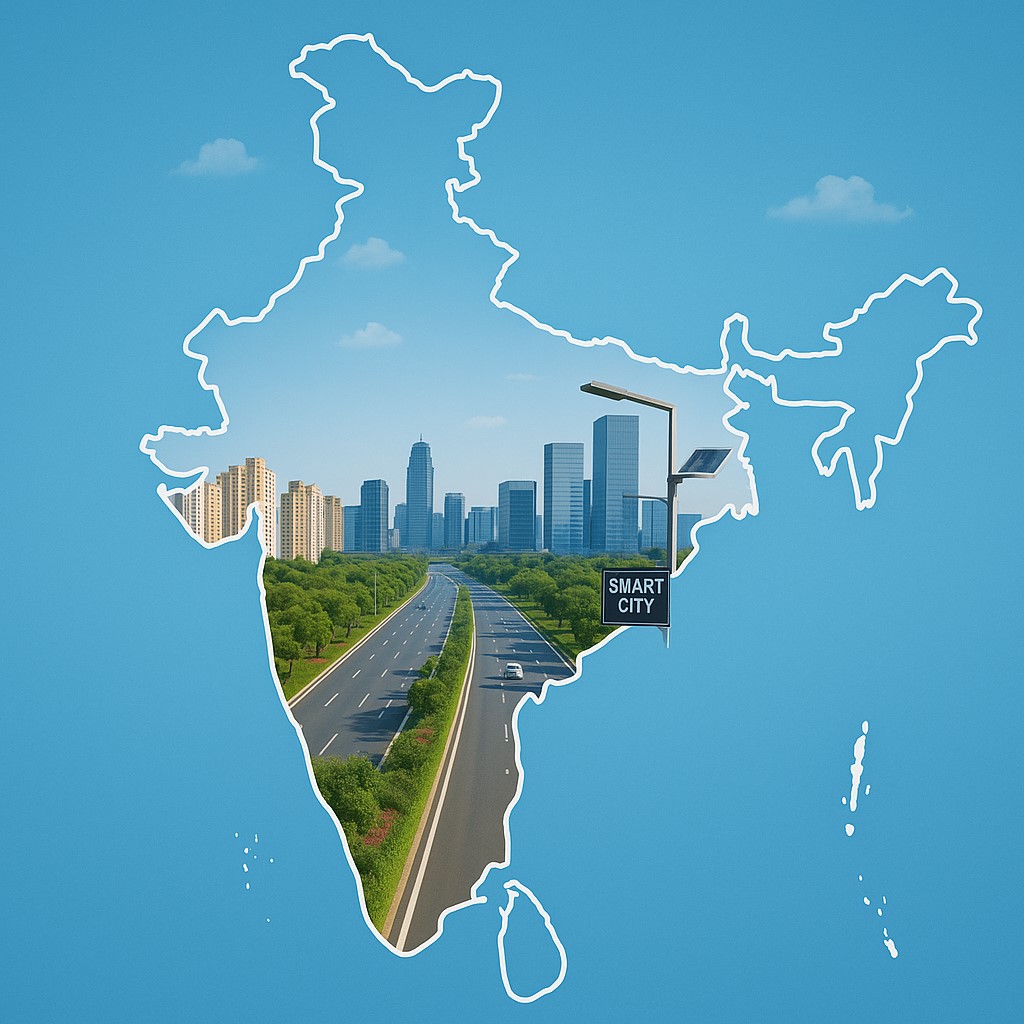
10. The Road Ahead
India’s smart cities represent a fusion of ancient civilization and future-forward thinking. Engineers are not just building roads and bridges but crafting digital landscapes and sustainable ecosystems. As AI, IoT, and green technologies evolve, engineering will continue to be the bedrock of this urban renaissance.
With a population set to surpass 1.6 billion by 2047, the urgency to engineer smarter, more resilient, and inclusive cities has never been greater. By aligning technology, policy, and people-centric design, India can truly become a global leader in smart urban development.
Conclusion
Engineering is not just a support function in the Smart Cities Mission; it is the principal enabler. From digital infrastructure to green buildings, from IoT frameworks to sustainable utilities, every smart city is a testimony to what thoughtful, innovative, and inclusive engineering can achieve.
As India moves forward in its smart city journey, it is engineering that will continue to illuminate the path from aspiration to realization.
1. What is the Smart Cities Mission in India?
The Smart Cities Mission is a flagship initiative launched by the Government of India in 2015 to promote sustainable and inclusive urban development. It aims to create 100 smart cities that provide core infrastructure, a clean and sustainable environment, and a decent quality of life to their citizens through the use of smart technologies and data-driven governance.
2. What is an Integrated Command and Control Centre (ICCC)?
An ICCC is a centralized digital platform that integrates data from various departments such as traffic, utilities, emergency services, and surveillance. It enables real-time monitoring, coordination, and decision-making to improve the efficiency and responsiveness of city operations.
3. What are the challenges faced in implementing smart cities?
Challenges include:
Interdepartmental coordination and data sharing
Funding and cost justification
Retrofitting legacy infrastructure
Technological skill gaps in the workforce
Ensuring inclusivity and accessibility for all citizens

